
Crack the Case. D. Ohrvall
.pdf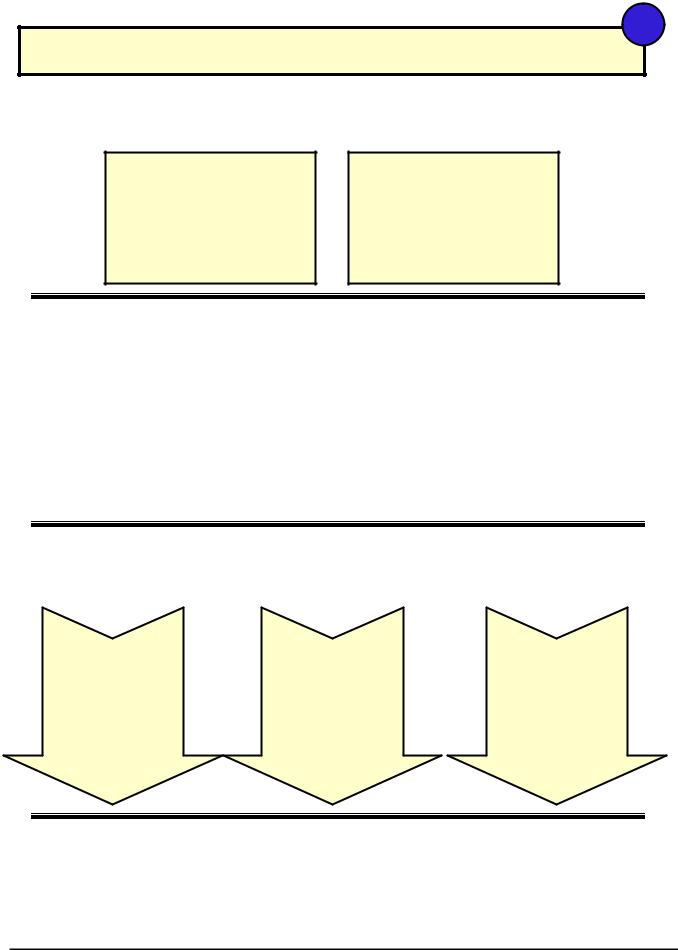
7
Streamline a Process
Read Your Audience
Look for: |
Listen for: |
•Boredom – you may go down the wrong path and talk too long.
•Agitation – interviewer may want to move you to another area.
•Interest – may want to see you go deep in one area.
•Curiosity – What else would you consider? Move to your next topic.
•Skepticism – Why is that important (“so what”)? Explain your thinking by tying back to your hypothesis.
•Interest – Let’s talk about that some more.
Anchor a Hypothesis
Process improvement |
|
|
|
cases are among the |
|
|
|
hardest to form a |
Streamlining the Order-to-Cash |
|
New IT systems will improve |
hypothesis. Think of the |
process will reduce costs and |
|
|
|
speed and quality. |
||
core areas of Zone 3 – |
increase revenue. |
|
|
|
|
||
Organization: People, |
|
|
|
|
|
|
|
Systems, Measurement, |
|
|
|
and Processes |
|
|
|
Mine for |
|
Answer |
|
|
an |
Areas to explore include, but are not limited to, the following: |
|||
Process is |
Wait Times Will |
Customers will |
||
Broken |
Shorten |
Return |
||
•What problems have we seen with the process?
•How have these processes hurt the bottom line?
•What are the worst parts of the process?
•What are the wait times today?
•What portions of the process will change?
•What is the expected wait time after the process is complete?
•How many customers left due to the slow OTC process?
•How many of them were satisfied with other aspects of our service?
•What % are estimated to return?
End the Case
•Give a recommendation for how the new process will work and what the savings will be.
•Be concise with your reasons, reflecting on your hypothesis tree and the facts you found in your discussion.
•Process improvement cases can be strategic if you tie them to the value levers.
Purchase additional cases and the book Crack the Case: How to Conquer Your Case Interviews at |
101 |
www.consultingcase.com. Copyright © 2004 Turtle Hare Media |
|
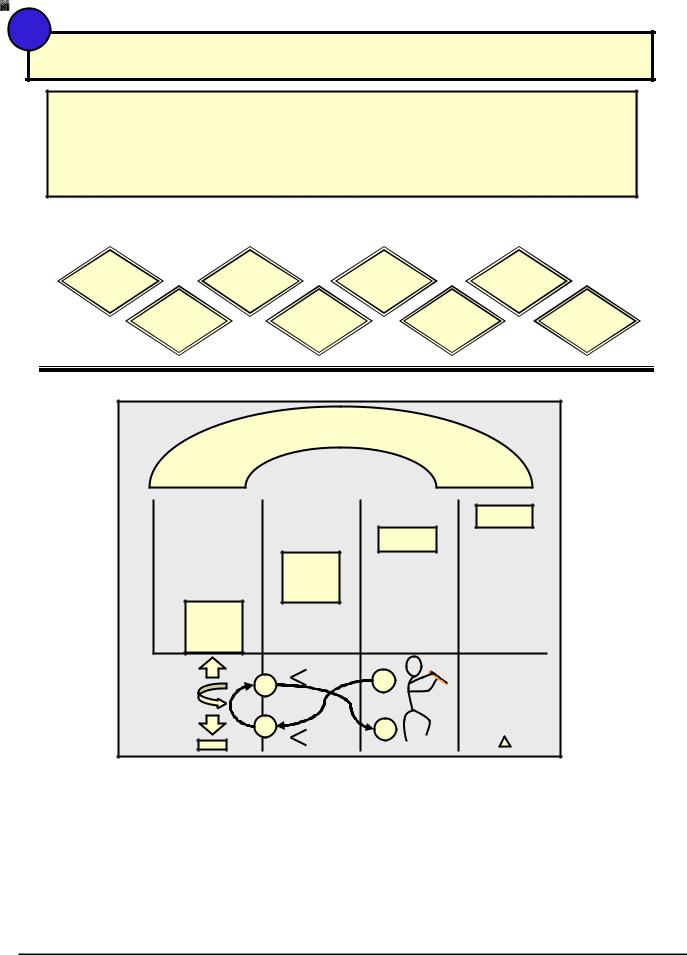
8
Restructure the Team
“My“Myclient’sclient’smanagementmanagementteamteamisisextremelyextremelyweakweak.. TheTheBoardBoardwouldwouldlikeliketotowipewipeoutout33ofof thethe55keykeyplayersplayers.. WhatWhatarearethetheimplications?”implications?”
“How“HowwouldwouldyouyouapproachapproachrestructuringrestructuringthetheFinanceFinanceandandAccountingAccountingfunctionsfunctionsofofmymy client?”client?”
“How“HowshouldshouldwewethinkthinkaboutaboutassemblingassemblingthetherightrightteamteamtototaketakethisthisproductproducttotoEurope?”Europe?”
Question Signposts
Leadership |
Skill Set |
|
Team Mix |
Synergy |
||||||||
|
|
Team |
|
|
|
Core |
|
|
Performance |
|
|
Restructure |
|
|
|
|
|
|
|
|
|
||||
|
|
Dynamics |
|
|
|
Strength |
|
|
|
|
||
|
|
|
|
|
|
|
|
|
|
|
||
|
|
|
|
|
|
|
|
|
|
|
|
|
Form a Plan
MVM™
Zone 5
S P E C I A L T
|
|
|
Zone 4 |
|
|
Zone 3 |
Fin |
|
Zone 2 |
Org |
|
|
Op |
|
|
Zone 1 |
|
|
|
Strat |
|
|
|
R |
Volume |
People . |
$ |
3 |
Price |
1 |
|
|
Systems Measure |
|
|
|
|
|
2 C VariableFixed |
4 |
D/E |
|
Processes |
|
MVM™ Roadmap |
Begin with a Plan |
|
Look for connections to revenue and costs.
1.People – What is the organization in question? How big is it and should we change it?
2.Costs – What are the costs associated with the team? What are current costs? How will they change as we restructure?
3.Revenue – What do we need to have this team increase the revenue line? Bottom line?
4.Processes – How do people work together today? Are these processes effective or should they be changed as well?
“Our goal is to make this team more effective so I need to understand the fact base first. After reviewing a snapshot of their size, role and cost today I would like to think about our goals for them and how much it will cost to upgrade the skill set. Additionally, the way that this improved team will interact with the organization is going to change. All of their day to day work processes needs to be created with the bottom line in mind.”
102 Purchase additional cases and the book Crack the Case: How to Conquer Your Case Interviews at www.consultingcase.com. Copyright © 2004 Turtle Hare Media
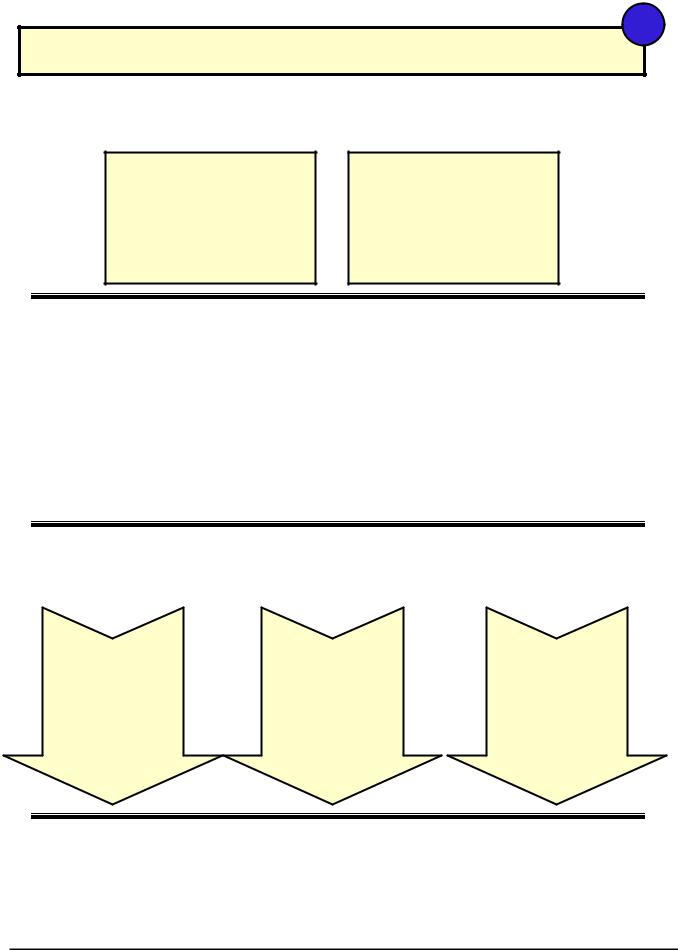
8
Restructure the Team
Read Your Audience
Look for: |
Listen for: |
•Boredom – you may go down the wrong path and talk too long.
•Agitation – interviewer may want to move you to another area.
•Interest – may want to see you go deep in one area.
•Curiosity – What else would you consider? Move to your next topic.
•Skepticism – Why is that important (“so what”)? Explain your thinking by tying back to your hypothesis.
•Interest – Let’s talk about that some more.
Anchor a Hypothesis
Here are some possible hunches:
Improving our management |
|
Too many layers of personnel in |
|
A successful product launch |
|
|
team requires people with |
||
team may result in a revenue |
|
finance/accounting are slowing |
|
|
|
|
experience in the marketplace, |
||
increase, and it will not increase |
|
down processes and resulting |
|
|
|
|
both geographically and with |
||
costs. |
|
in duplicative workstreams. |
|
|
|
|
the industry. |
||
|
|
|
|
Mine for |
|
Answer |
|
|
an |
Areas to explore include, but are not limited to, the following: |
|||
Overpaying for |
Internal Results |
Potential Revenue |
||
Team |
|
Increase |
||
•How much are we paying today?
•How does this compare to the market place?
•Where can we cut costs and still maintain or improve the skill sets?
•Where are there problems between our team and other internal groups?
•How does that need to change going forward?
•What do we need to do first?
•How many customers left due to the slow OTC process?
•How many of them were satisfied with other aspects of our service?
•What % are estimated to return?
End the Case
•Give specifics about how you would change the team and how it could impact the bottom line.
•Be concise with your reasons, reflecting on your hypothesis tree and the facts you found in your discussion.
•People are everything in terms of making the business concept work so do not get distracted from the bottom line when trying to restructure the organization.
Purchase additional cases and the book Crack the Case: How to Conquer Your Case Interviews at |
103 |
www.consultingcase.com. Copyright © 2004 Turtle Hare Media |
|
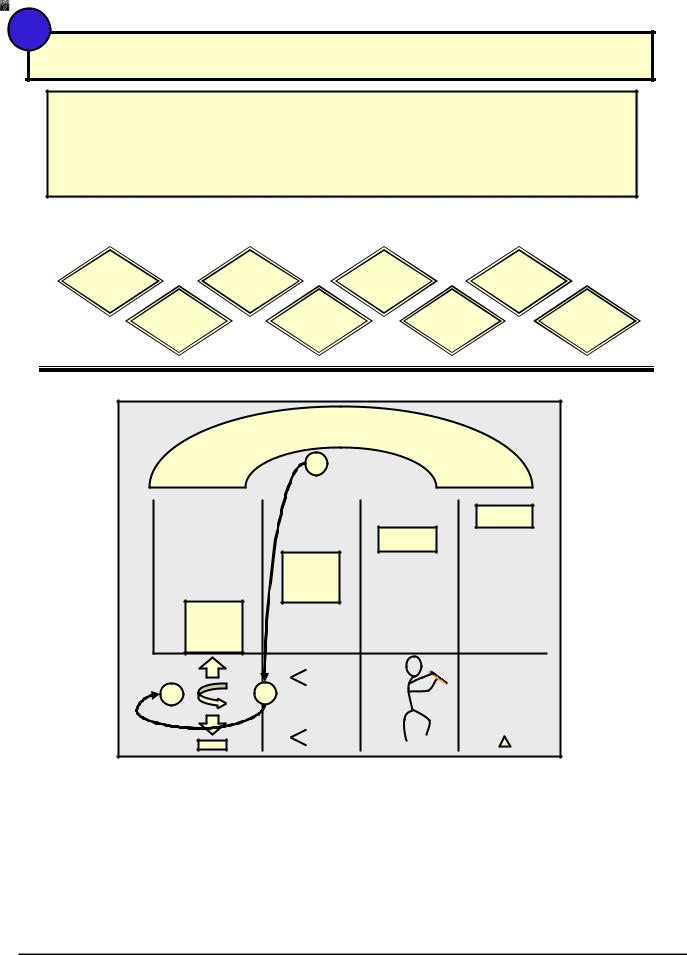
9
Competitor Attack
“Amco“Amcojustjustgotgotdealtdealtaaterribleterribleblowblow––theirtheirmainmaincompetitorcompetitorloweredloweredpricesprices15%15%acrossacross thetheboardboardbecausebecauseofofaanewnewdealdealwithwiththeirtheirmainmainsupplierssuppliers.. WhatWhatwouldwouldyouyoudo?”do?”
“My“Myclientclientisisworriedworriedthatthattheirtheircompetitioncompetitionisisdevelopingdevelopingaanewnewlinelineofoftechnologytechnologythatthatwillwill makemakeourourproductsproductsobsoleteobsolete.. HowHowwouldwouldyouyoufigurefigureoutoutwhat’swhat’sgoinggoingon?”on?”
“Spiffy“SpiffyStuff’sStuff’snewnewclothingclothinglinelineisisleavingleavingususininthethedustdust.. HowHowdodowewerespond?”respond?”
Question Signposts
Introduce |
Shift in |
Landscape |
|
Aggressive |
||||||||
Dynamics |
|
|||||||||||
|
|
|
|
|
|
|
|
|
|
|||
|
|
Competitive |
|
|
|
Market |
|
|
Play Hard |
|
|
Attack/ |
|
|
|
|
|
|
|
||||||
|
|
Response |
|
|
|
Share |
|
|
Ball |
|
|
Poach |
|
|
|
|
|
|
|
|
|
|
|
|
|
Form a Plan
MVM™
Zone 5
P |
E C |
I A L |
S |
1 |
T |
|
Zone 4
|
|
|
Zone 3 |
Fin |
|
|
|
Zone 2 |
Org |
|
|
|
|
Op |
|
|
|
|
Zone 1 |
|
|
|
|
|
Strat |
|
|
|
|
|
R |
Volume |
People . |
$ |
|
3 |
2 |
Price |
|
|
|
|
Systems |
Measure |
|
||
|
|
|
|
|
|
C VariableFixed |
D/E |
|
Processes |
MVM™ Roadmap
Use common sense to figure out what’s going on.
1.Competitor – What has changed recently in their behavior? What are the bottom line results (for them) of their change? How would we describe their new products or services?
2.Revenue and Cost – What has been the impact to our revenue and cost?
3.Strategy, Change Direction – What kind of action do we need to take to respond? Should we introduce a new product? Change our pricing? Match their changes? Look for talent?
Begin with a Plan
“XYZ appears to be coming on strong with their new product line, but I also want to understand if there is more depth to this threat. They may have built some new relationships with suppliers or retailers that we cannot see. I also want clearly understand the impact on our revenue and costs and separate out anything that is not related to the effect. With this clear picture in place we can determine our next steps.”
104 Purchase additional cases and the book Crack the Case: How to Conquer Your Case Interviews at www.consultingcase.com. Copyright © 2004 Turtle Hare Media
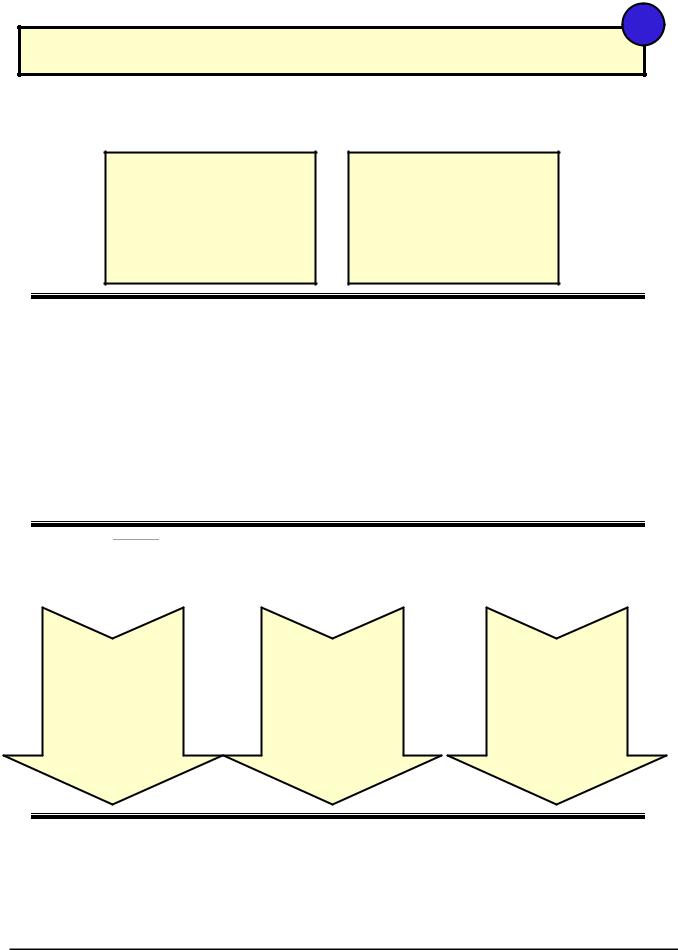
9
Competitor Attack
Read Your Audience
Look for: |
Listen for: |
•Boredom – you may go down the wrong path and talk too long.
•Agitation – interviewer may want to move you to another area.
•Interest – may want to see you go deep in one area.
•Curiosity – What else would you consider? Move to your next topic.
•Skepticism – Why is that important (“so what”)? Explain your thinking by tying back to your hypothesis.
•Interest – Let’s talk about that some more.
Anchor a Hypothesis
Make sure your initial hypothesis is |
|
|
|
||
|
where you think the value is. |
|
|
|
|
|
|
|
|
|
|
|
Competitor threats seem |
|
We can respond to this threat |
|
We need to change our product |
|
strong. We need to defend our |
|
with a better product line and |
|
line to keep up with the |
|
market share aggressively. |
|
stop the revenue decline. |
|
competition. |
|
|
|
|
|
|
Mine for an Answer Areas to explore include, but are not limited to, the following:
New Products
Ready
•What is the technology that our competitor is offering?
•Can we match it?
•Of the products that are in our pipeline, how soon can we get them out?
Other Forces
Hit Revenue
•What else is happening in the industry?
•Are these new entrants offering the same products?
•Even though their quality is lower, are they taking revenue?
Innovation Is
Sustainable
•After we launch these new products, do we have other ones?
•Will our output of new products match the competitors?
•How long can we sustain this innovation?
End the Case
•Respond to a competitor threat with a specific plan. Outline savings, new revenue opportunities and “stop the bleeding” plans.
•Be concise with your reasons, reflecting on your hypothesis tree and the facts you found in your discussion.
•This is a common case so practice several scenarios within the MVM .
.
Purchase additional cases and the book Crack the Case: How to Conquer Your Case Interviews at |
105 |
www.consultingcase.com. Copyright © 2004 Turtle Hare Media |
|
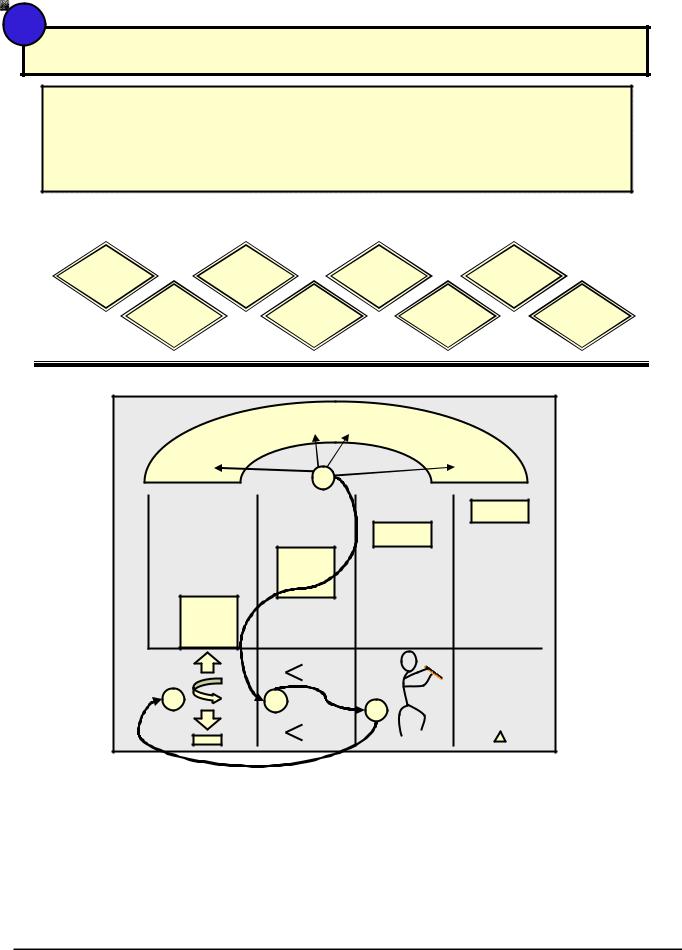
10
Market Shift (industry, technology, suppliers)
“My“Myclientclientmakesmakesaadatadatastoragestoragedevicedevicethatthatmaymaybebeoutdatedoutdatedininthethenextnext66monthsmonths.. WhatWhatshouldshouldwewedodoififourourtechnologytechnologygetsgets“leap“leap--frogged”frogged”bybyaacompetitor?”competitor?”
“ABC“ABCCompany’sCompany’sindustryindustryisisgoinggoingthroughthroughmassivemassivechangechange.. ThereThereareareconsolidationsconsolidations happeninghappeningeverywhereeverywhere.. HowHowshouldshouldweweadviseadvisethem?”them?”
Question Signposts
Technology |
|
Consolidation |
Legislative |
Trends |
||||||||
Shift |
|
Change |
||||||||||
|
|
|
|
|
|
|
||||||
|
|
|
Outdated |
|
|
Supplier |
|
|
Government |
|
|
Public |
|
|
|
|
|
|
|||||||
|
|
|
|
|
Power |
|
|
Intervention |
|
|
Demand |
|
|
|
|
|
|
|
|
|
|
|
|||
|
|
|
|
|
|
|
|
|
|
|
|
|
Form a Plan
MVM™
Zone 5
S P E C I A L T
1
Zone 4
|
|
|
Zone 3 |
Fin |
|
|
Zone 2 |
Org |
|
|
|
Op |
|
|
|
Zone 1 |
|
|
|
|
Strat |
|
|
|
|
R |
Volume |
People . |
$ |
|
|
Price |
|
|
4 |
2 |
|
Systems Measure |
|
|
3 |
|
||
|
|
|
D/E |
|
|
C |
VariableFixed |
Processes |
|
|
|
|
|
MVM™ Roadmap
Look for connections to revenue and costs.
1.External Forces – What is the shift that is taking place? How are the changes going to impact our bottom line (e.g. make a product obsolete).
2.Revenue and Costs – What specific revenue streams and cost elements are being affected. What options do we have to protect these levers?
3.Organization – Are there systems or people changes we can make to combat or diminish the negative impact of the shift.
4.Strategy – How can be gain from this situation?
Begin with a Plan
“To best handle this shift in the industry I would like to understand exactly how the change will impact our bottom line. I would first like to start reviewing the entire set of external forces that are impacting us. Next I would like to connect the forces to specific revenue streams and cost elements. In this manner we can more precisely see how we will be impacted. In the end we many find that there are some strategic opportunities for us as a company ether to expand through joint venture or to perform and acquisition.
106 Purchase additional cases and the book Crack the Case: How to Conquer Your Case Interviews at www.consultingcase.com. Copyright © 2004 Turtle Hare Media
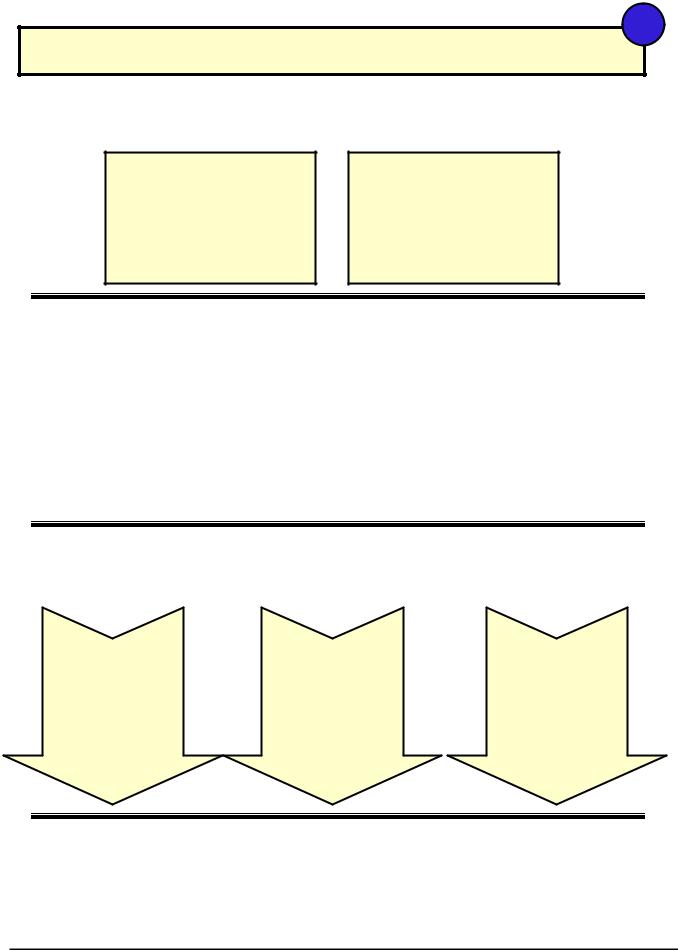
10
Market Shift (industry, technology, suppliers)
Read Your Audience
Look for: |
Listen for: |
•Boredom – you may go down the wrong path and talk too long.
•Agitation – interviewer may want to move you to another area.
•Interest – may want to see you go deep in one area.
•Curiosity – What else would you consider? Move to your next topic.
•Skepticism – Why is that important (“so what”)? Explain your thinking by tying back to your hypothesis.
•Interest – Let’s talk about that some more.
Anchor a Hypothesis
Here are a few ideas to get you started:
We have been “leap frogged” |
|
An industry shift can create |
by a technology shift and have |
|
new opportunities for |
few alternatives. |
|
companies that are nimble. |
|
|
|
Mine for |
|
Answer |
|
|
an |
Areas to explore include, but are not limited to, the following: |
|||
Obsolete |
Customer |
Innovation |
||
Products |
Shift |
Lacking |
||
•Will our technology still be valued in the market?
•Is there an opportunity to use our products in a different manner?
•What percent of our customers are interested in the new technology?
•How quickly will they defect?
•Is there anything we can do in the short term?
•What technology do we have in the pipeline that can match this innovation?
•Can we acquire a smaller player to gain knowledge and build products?
End the Case
•Industry shifts can strand your client so you be ready to come up with alternatives with these cases.
•Be concise with your reasons, reflecting on your hypothesis tree and the facts you found in your discussion. Back up your new ideas with data or data you plan to get as a next step.
•Most cases should have a “can do” hypothesis but do not be afraid to paint a negative picture when the facts support it.
Purchase additional cases and the book Crack the Case: How to Conquer Your Case Interviews at |
107 |
www.consultingcase.com. Copyright © 2004 Turtle Hare Media |
|
Chapter 9
Ten Interactive Case Packs
“Practice is the best of all instructors.”
- Publius Syrus
There is simply no substitute for practice. But as my older brother always told me, “Practice doesn’t make perfect. Perfect practice makes perfect.” In the spirit of his advice, I have created a set of tough cases that will hone your ability to dissect problems, drill for data, and discuss complex business issues. Your end of the bargain is to create a realistic interview setting, select a conscientious partner and seek honest feedback. Together, these elements will make your practice sessions as “perfect” as possible.
Did I mention that these cases are tough? If you’ve ever done any weight training, you know that the only way to build muscle mass is to totally exhaust your muscle tissue and then allow it to rebuild. In the same way, some of these cases (particularly the 4-star and 5-star ones) may be too difficult for you at first. Don’t worry. By working through the cases in the order I’ve presented them, you’ll build your capacity to handle more complicated business problems.
In the beginning, don’t expect to finish the cases in a the 20-25 minute timeframe of a real interview. In fact, you (and your study partner) should feel comfortable spending 30-40 minutes solving the cases. It is more important to understand the concepts in the case than to finish it quickly. Your speed will naturally increase as you practice the fundamentals of the MVM™ and the FRAME Method™.
The following are some questions and answers to help you extract the most value from your practice sessions.
108
Are the cases based on real companies?
All of the companies are entirely fictitious. The business problems, however, are true to life. I have made every effort to include realistic data when possible. For example, the Always Fresh case uses actual population and deodorant usage statistics. In my view, using make-believe companies provides a more level playing field for candidates. It’s unlikely that many of you will have domain experience in, say, the electronic parts industry. Because you’re dealing with fictitious companies, you won’t be tempted to rely on tacit knowledge about Starbucks Coffee or Federal Express (to name a few popular case topics).
How does the rating (star) system work?
Every case is rated from 1 to 5 stars, depending on a few factors:
•Quantitative complexity
•Number of “zones” involved in the problem
•Estimated time to complete
I recommend starting with the easier cases first and working your way to the harder ones.
What’s the best way to practice with these cases?
Without a doubt, the best way to practice is with a partner. In fact, as you work your way through the ten Case Packs, you should seek to practice with three or four different partners. No two interviewers will use these cases in exactly the same way, so interacting with a variety of study partners will round out your preparation.
Can I use these cases for self study?
Yes, you can. Although it is my firm belief that you will benefit most from realistic mock interview sessions, you can also use the cases while studying on your own. Pages 3-6 of each Case Pack provides a 3-step self study plan.
Here is a suggested plan for practicing solo:
Step 1: Read the case question out loud. After hearing the question, use your Candidate Notes page to write down the most important Case Facts. On that same sheet take about 1 minute to develop your plan in the Form a Plan section.
Step 2: After taking notes and forming your plan, rotate the sheet to face your imaginary interviewer and present your plan out loud (just as you would if you were standing and presenting your thoughts from a white board). Practice posing questions and thoughts about the main sections of your plan.
Step 3: After you have presented your plan and practiced asking questions about the different areas of your plan, being working through the data slides for this case. If there are no slides, you can review the answers in the interviewer notes. If there are slides, turn them over one slide at a time and talk through the insights for each slide. When you are done, review the interviewer and candidate notes. Use the Candidate Self Assessment at the end of the case to rate your performance.
OK, enough talk—now go study. Good luck!
109
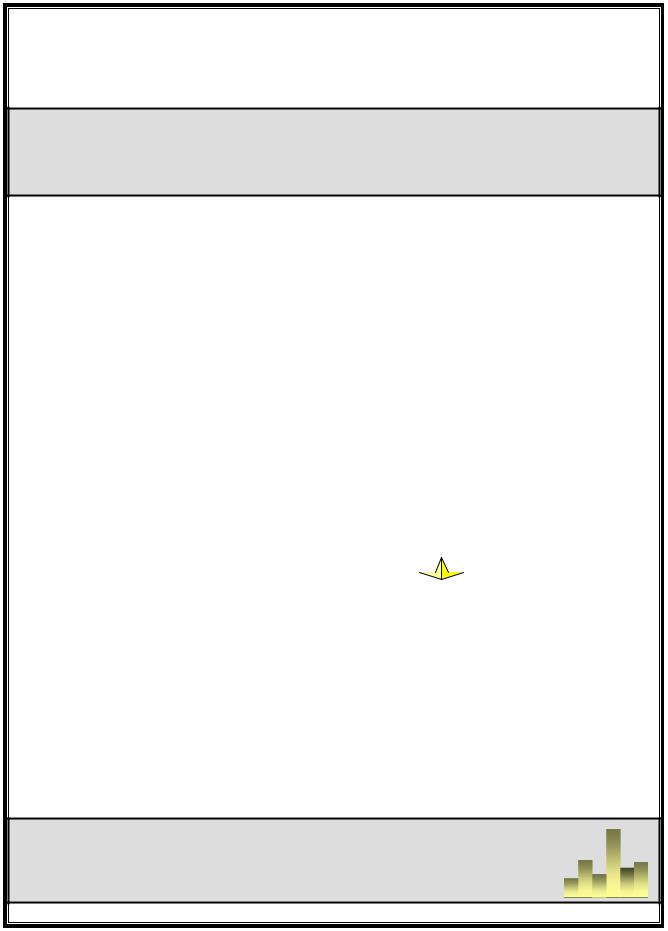
Blueblood Distribution
Known for its first class selection of wines and spirits, Blueblood is facing a decidedly low brow problem. Some of its distribution centers are not up to snuff. Can you help management bring these laggards into line?
Case Pack: 001
Difficulty (1-5): 
Crack the Case:
How to Conquer Your Case Interviews
consultingcase.com
Purchase additional cases and the book Crack the Case: How to Conquer Your Case Interviews at |
1 |
www.consultingcase.com. Copyright © 2004 Turtle Hare Media |
|
